Digital Camera World Verdict
I like the Kodak i60 Reloadable Film Camera's classic looks. It's a real throwback to the days of easily affordable 35mm film cameras. But while it’s reloadable and ticks the retro box on my wish list, handling is a mixed bag and image quality is mediocre.
Pros
- +
Retro Instamatic styling
- +
Fancy pop-up flash
- +
Reloadable, not single use
Cons
- -
No film included
- -
Severely cropped viewfinder
- -
Troublesome battery cover
Why you can trust Digital Camera World
There’s certainly no lack of digital cameras that have classic retro styling. This reloadable 35mm film camera goes the same way, styled on Kodak Instamatic cameras of a bygone era. That stretches to the classic Kodak logo and even a faux selenium cell, which serves no purpose whatsoever apart from completing the look.
It’s made from ABS plastic and has a textured overlay on its front panel, available in a variety of different colors. I went for Kodak yellow. The i60 certainly looks the part but handling could be better, as I’ll come to later.
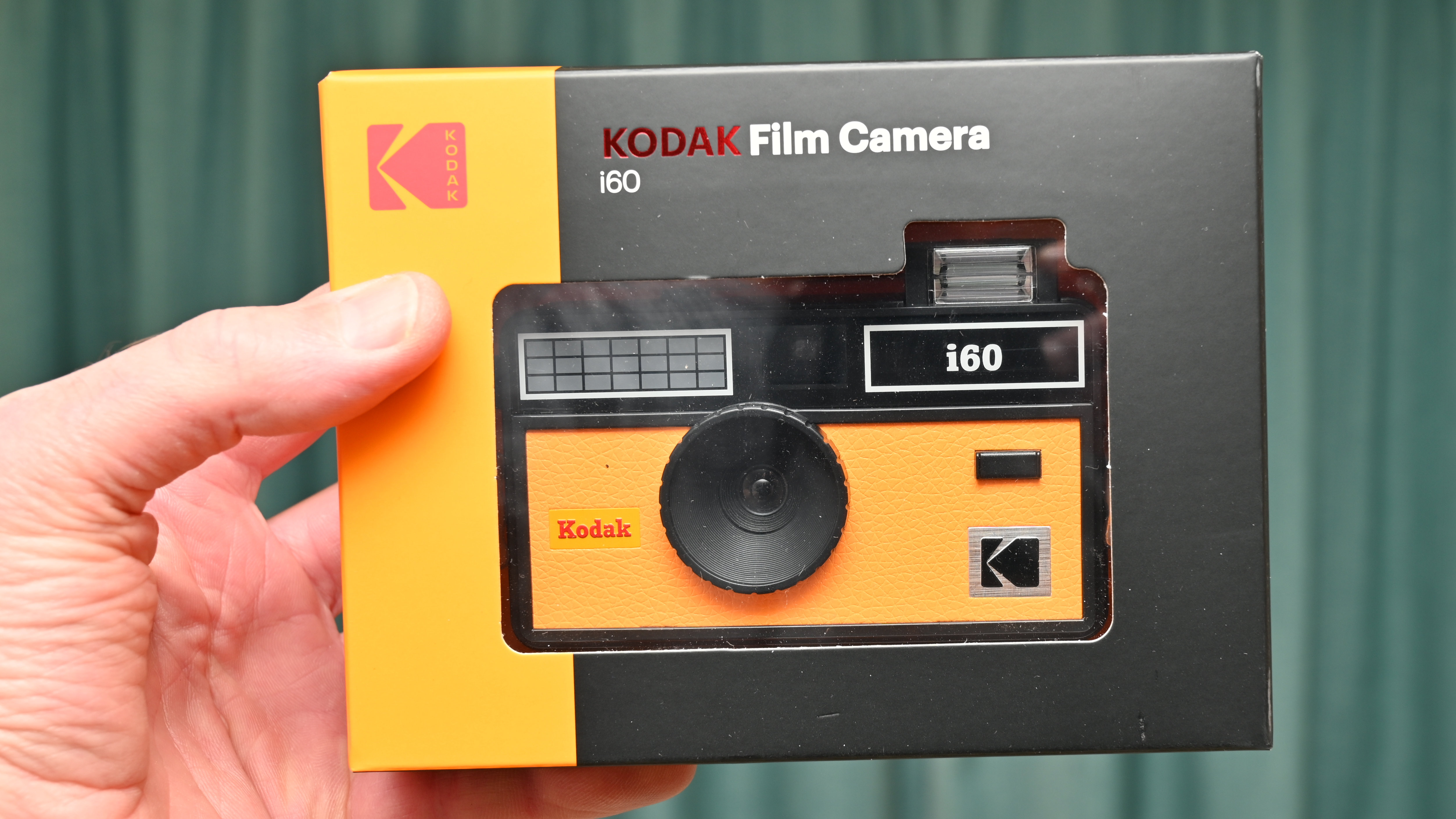
Specifications
| Camera type | 35mm reusable |
| Film type supplied | None |
| Color / B&W | Purchased separately |
| Film length supplied | N/A |
| Flash | Yes |
| Minimum subject distance | 1m |
| Dimensions (W x H x D): | 112 x 65 x 46mm |
| Weight (inc film & battery): | 193g |
Price & Availability
Widely available around the globe, the Kodak i60 is made under license by Meta Imaging Solutions in China. It costs a fair bit more than most disposable film cameras, priced at around $39 / £50. Naturally, you can reload it and reuse it but the steeper price tag doesn’t include a roll of film or a battery to power the flash, which tend to be thrown in with disposable cameras costing around half the price. Indeed, the price of film certainly isn’t cheap nowadays, adding a significant extra cost.
Design & Handling
The lens in the i60 is par for the course in the disposable/reloadable plastic film camera market. It comprises a single optical element, has a focal length of 31mm and a fixed aperture of f/10. With no ability to adjust the focus distance, the depth of field covers a range of 1m to infinity. Similarly, the shutter speed is fixed at 1/125th of a second.
Barely sufficing as an aid to composition, the viewfinder is essential a clear window on the world. It’s stated as giving 70 per cent coverage of the field of view of the lens, which is the same as in the similar Kodak M35 Reloadable Film Camera. I found that the i60 viewfinder gave a much more restrictive view, and what you see is much less than what you get in terms of viewing angle compared with what ends up on a frame of film.
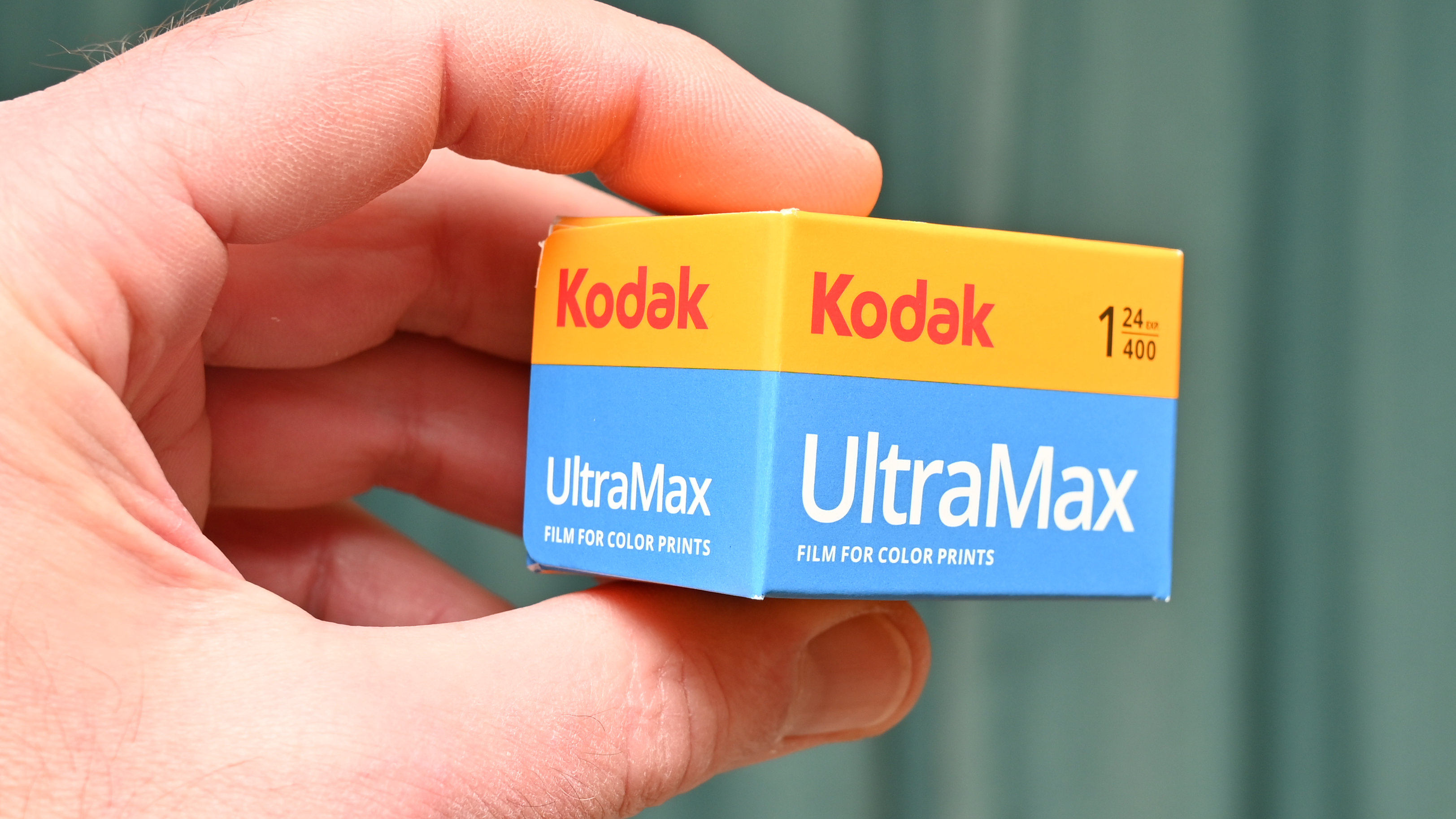
The first task after unpacking the camera is to load it with film, so you’ll need to buy one separately if you don’t have one already. I went for a 24-exposure roll of Kodak UltraMax ISO 400. Again, because disposable cameras are pre-loaded with film, you can expect to get 27 exposures from the same length of film.
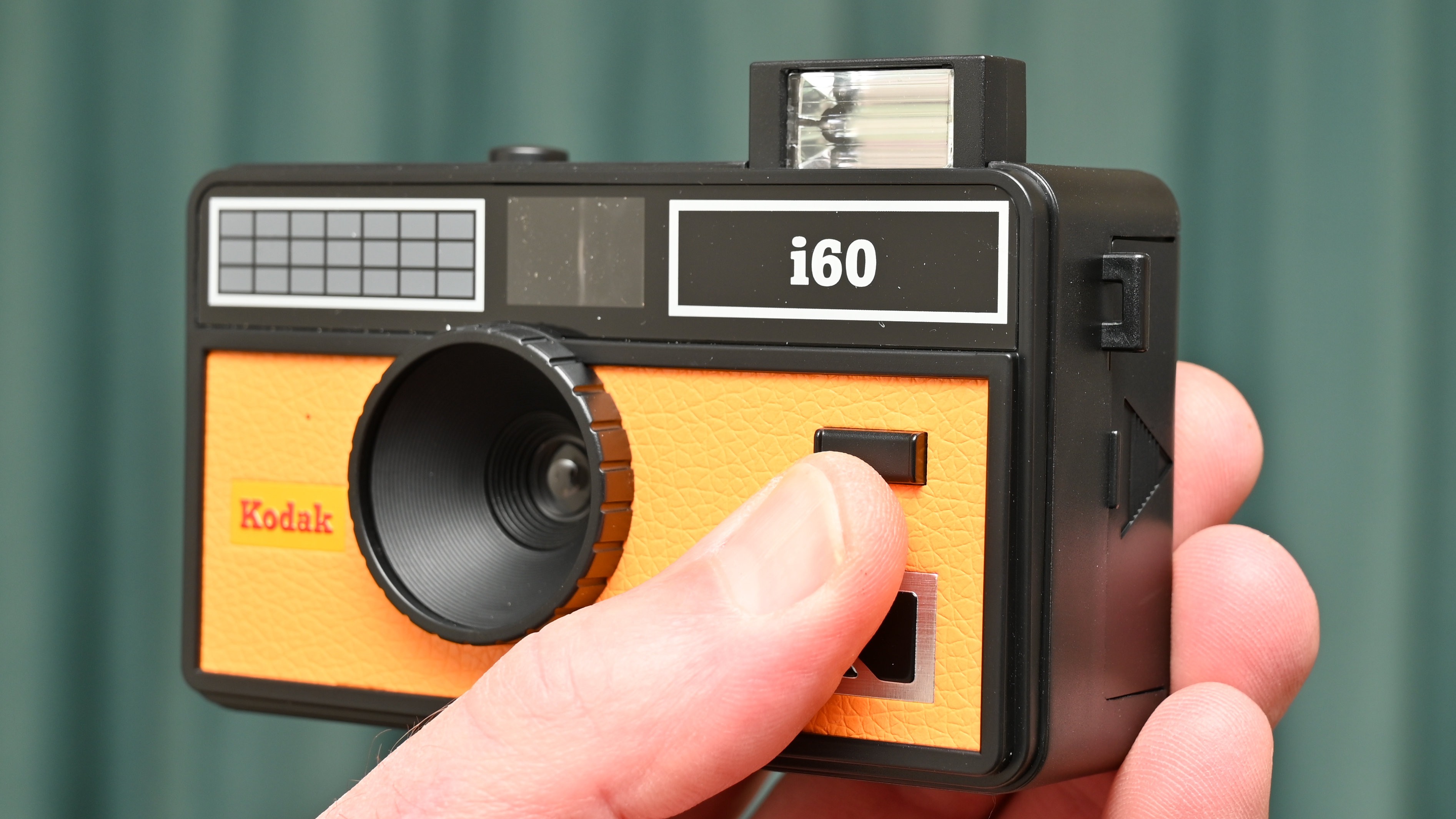
Next up is adding a AA battery to power the flash. The flash itself has a pop-up mechanism, linked to a pushbutton on the front of the camera. I think that’s a nice touch. What proved more of a problem was that the battery cover in my sample of the camera was incredibly difficult to slide off, to the point that I was worried about damaging the camera. Once inserted, the battery gives a flash recycling time of around 15 seconds, which can seem quite a long wait.
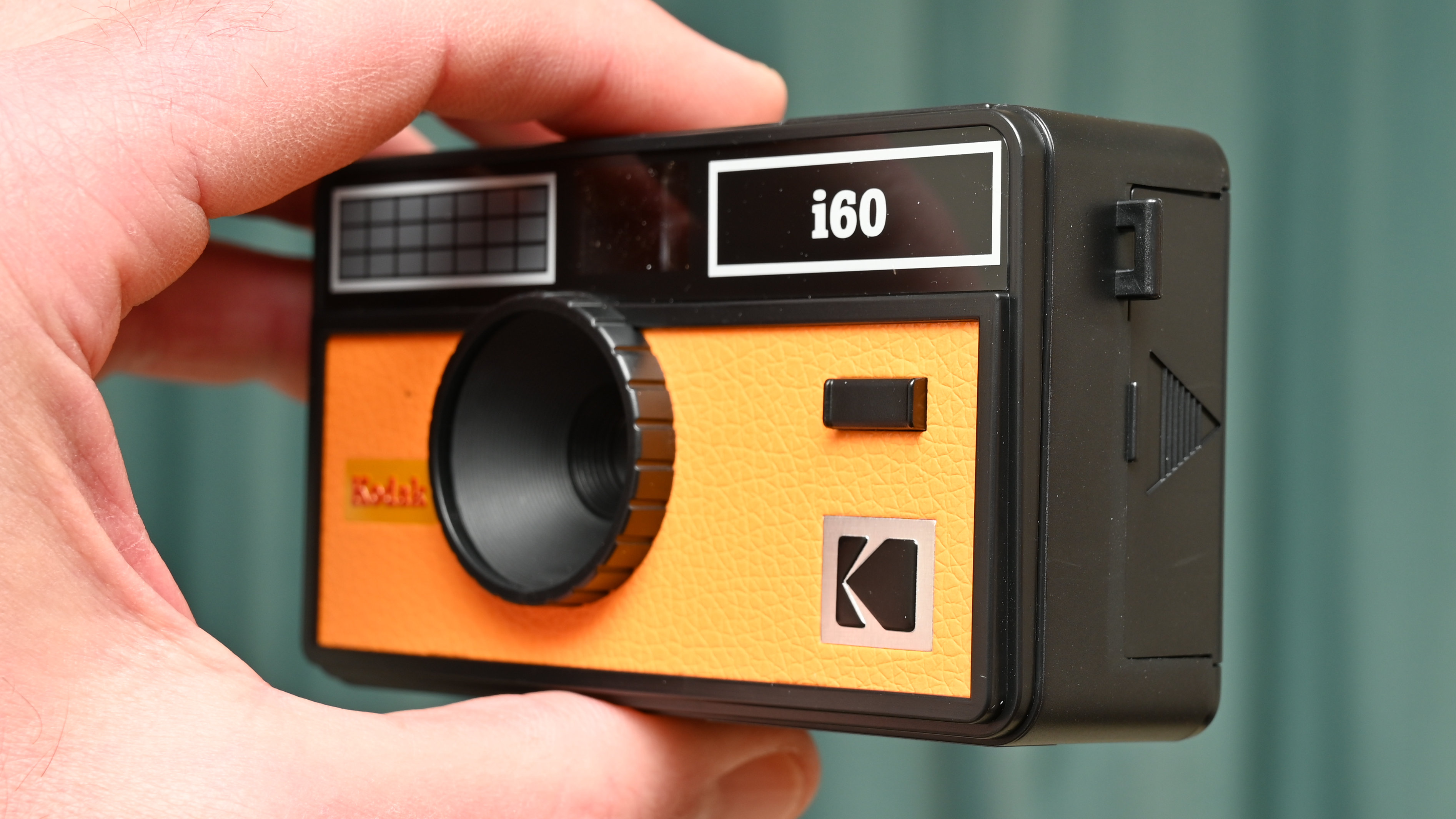
By contrast, the film door at the rear opens much too easily. There’s a locking catch but it protrudes from the rear of the camera. It would be all too easy to knock this accidentally, thereby opening the door and fogging the film in the camera.
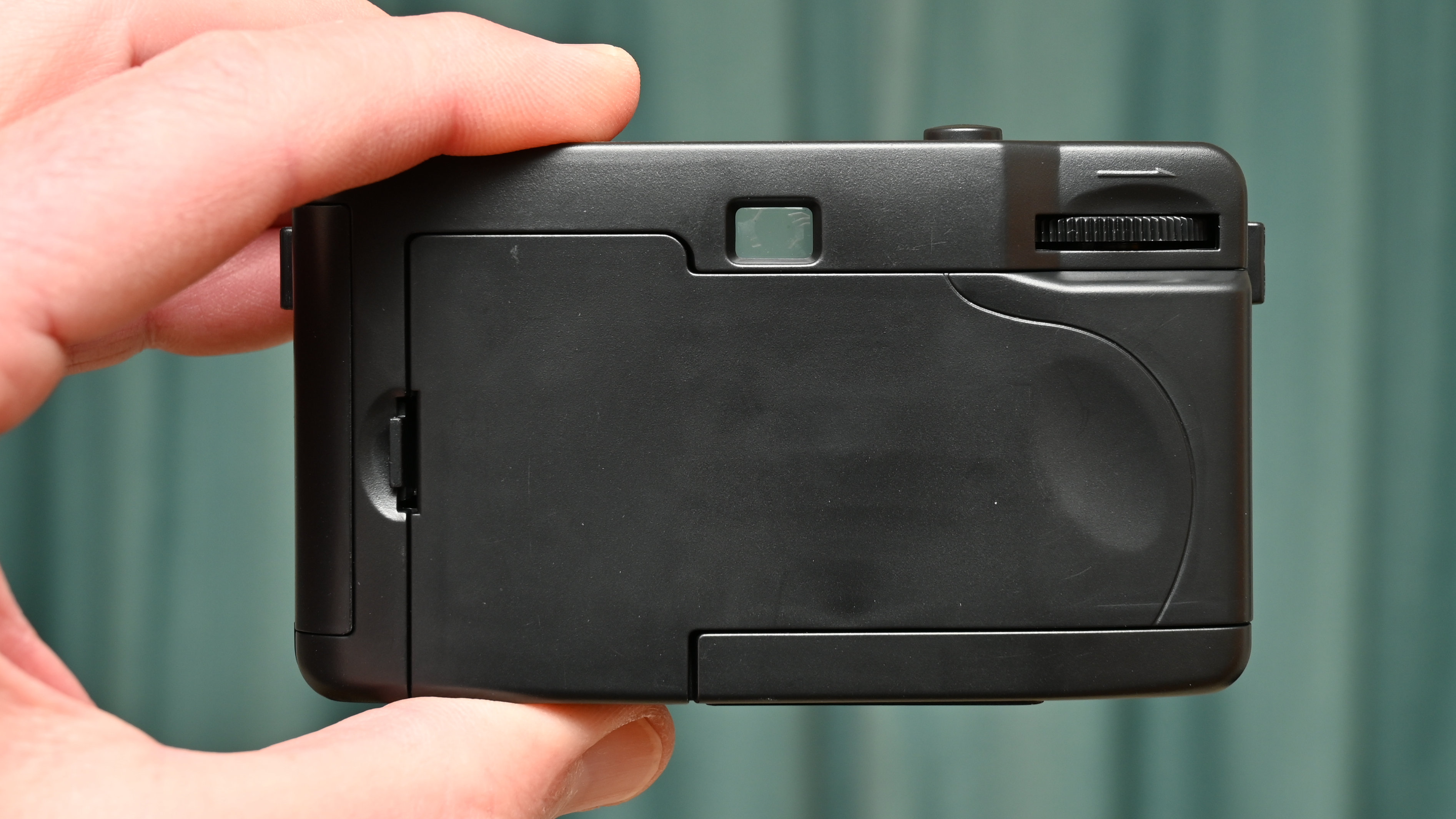
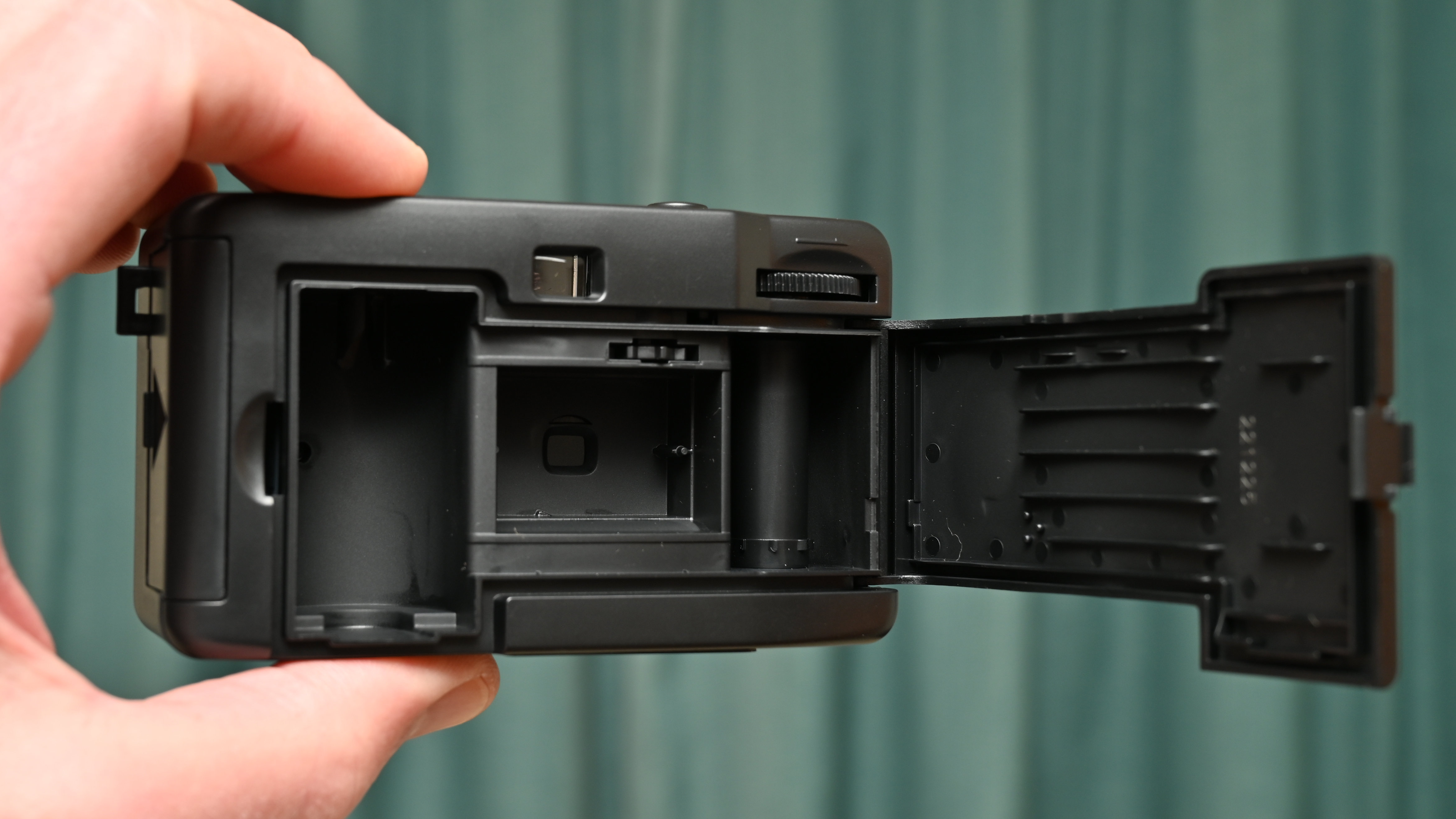
On the plus side, loading a roll of film is easy to do, and the shutter button and frame advance wheel operate smoothly. Rewinding the film for extraction is based on a pushbutton on the underside of the camera and a winding crank on the top.
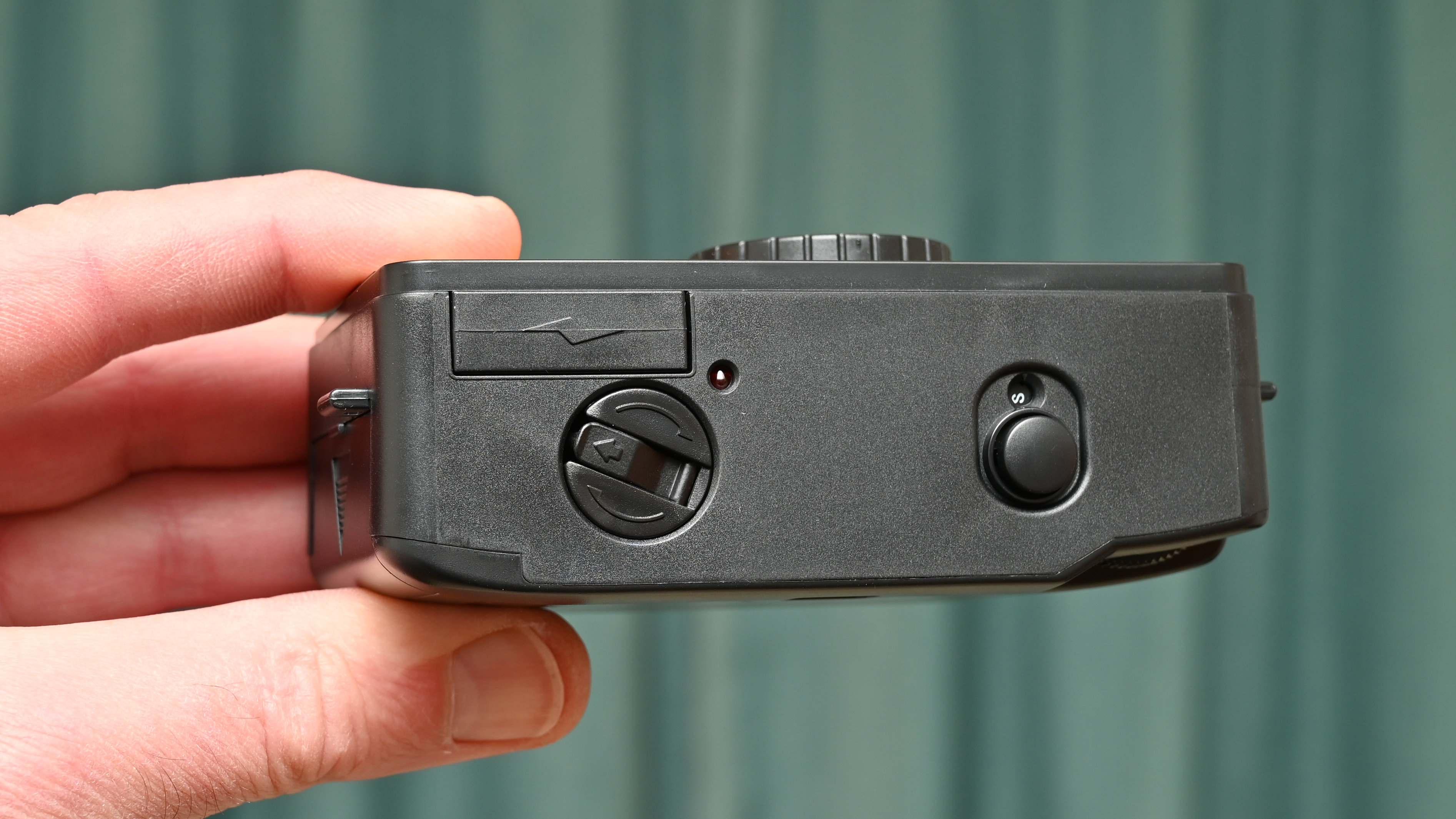
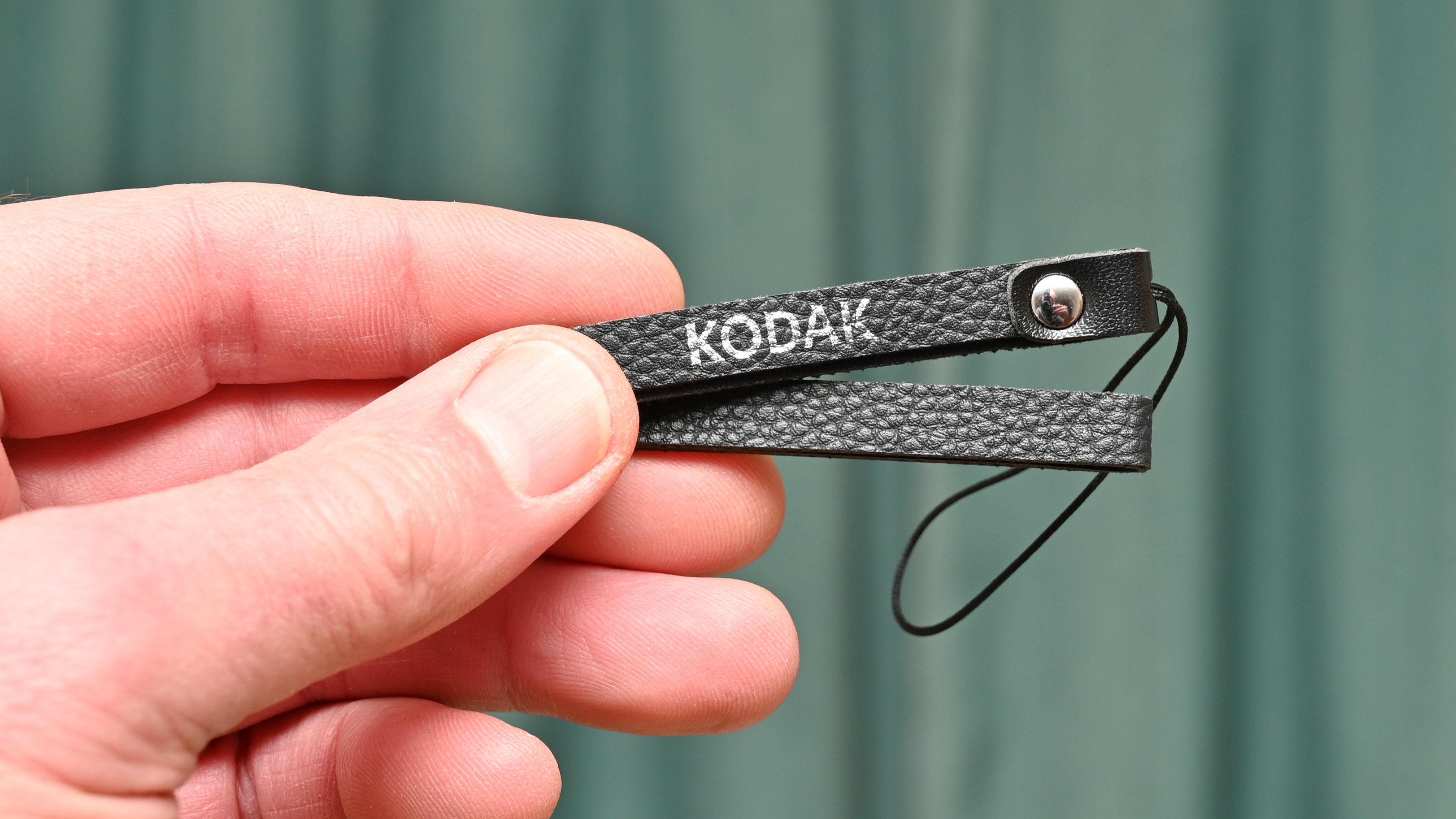
Photo Performance
For testing, I used the camera in wide-ranging lighting conditions, from direct sunlight to deep shade for outdoor shots, along with indoor settings with and without flash.
Pairing the camera with Kodak UltraMax ISO 400 color negative film gives sufficient headroom for really bright scenes under direct sunlight, yet still gives usable exposures in deep shade, thanks to the latitude of the film, despite the camera having a fixed exposure setting of 1/125th of a second at f/10.
Flash is all but essential when shooting indoors, even under bright room lighting. Sharpness and the retention of fine detail are pretty poor compared with even a basic smartphone.
Sample Images
This gallery of sample shots was taken in varying lighting conditions from bright direct sunlight to deep shade, as well as indoors with and without flash.







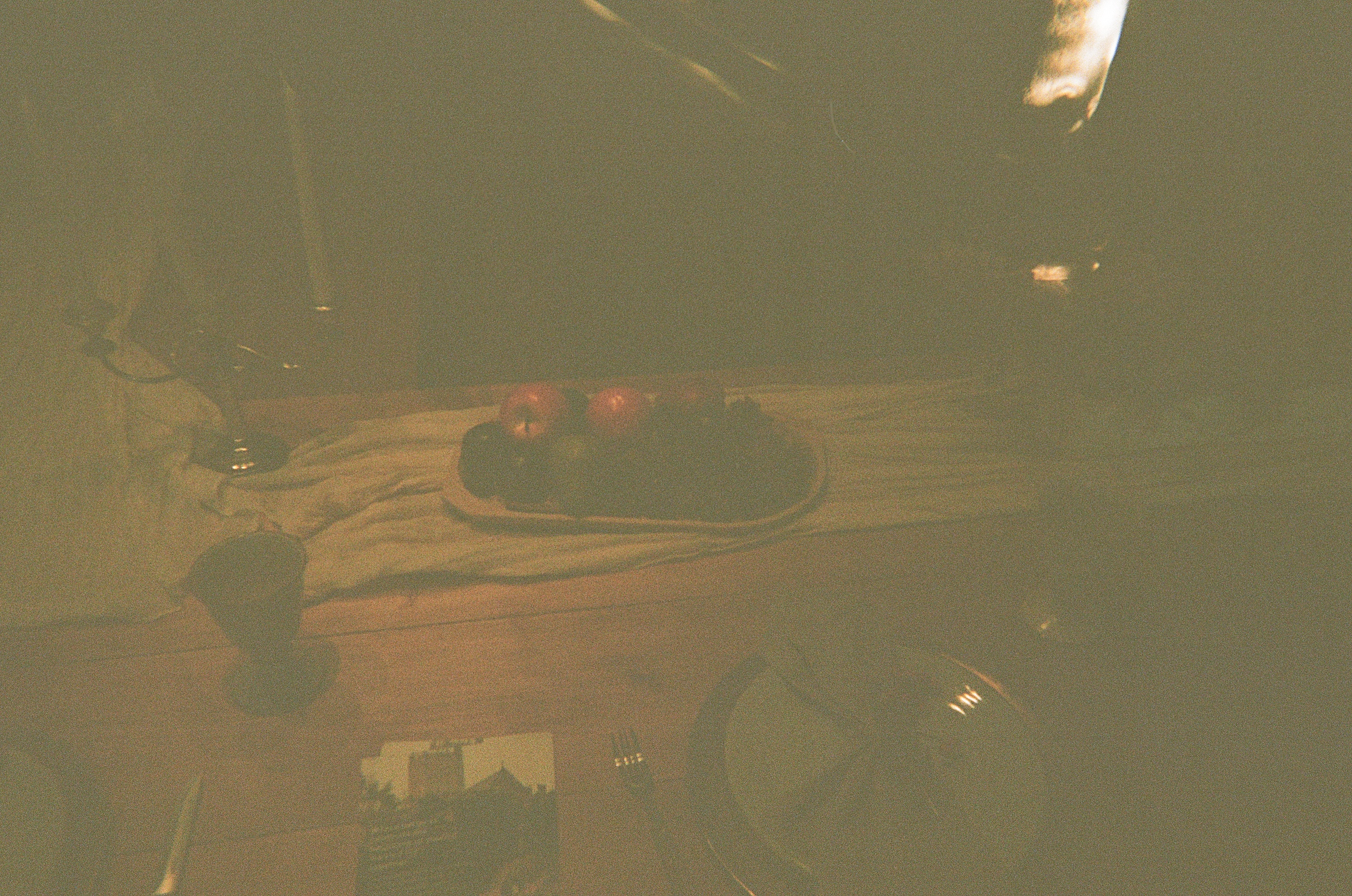
Verdict
With styling that harks back to Kodak Instamatic cameras of the last century, the i60 isn’t without retro charm. The pop-up flash is a nice touch that’s seldom featured on cheap reloadable cameras, but then the i60 is pricier than many others. Build quality and handling are a bit of a letdown, with a troublesome battery flap and a rear film door that’s all too easy to open accidentally. Image quality is fairly typical of the breed, with mediocre results even when using good-quality film like Kodak UltraMax ISO 400.
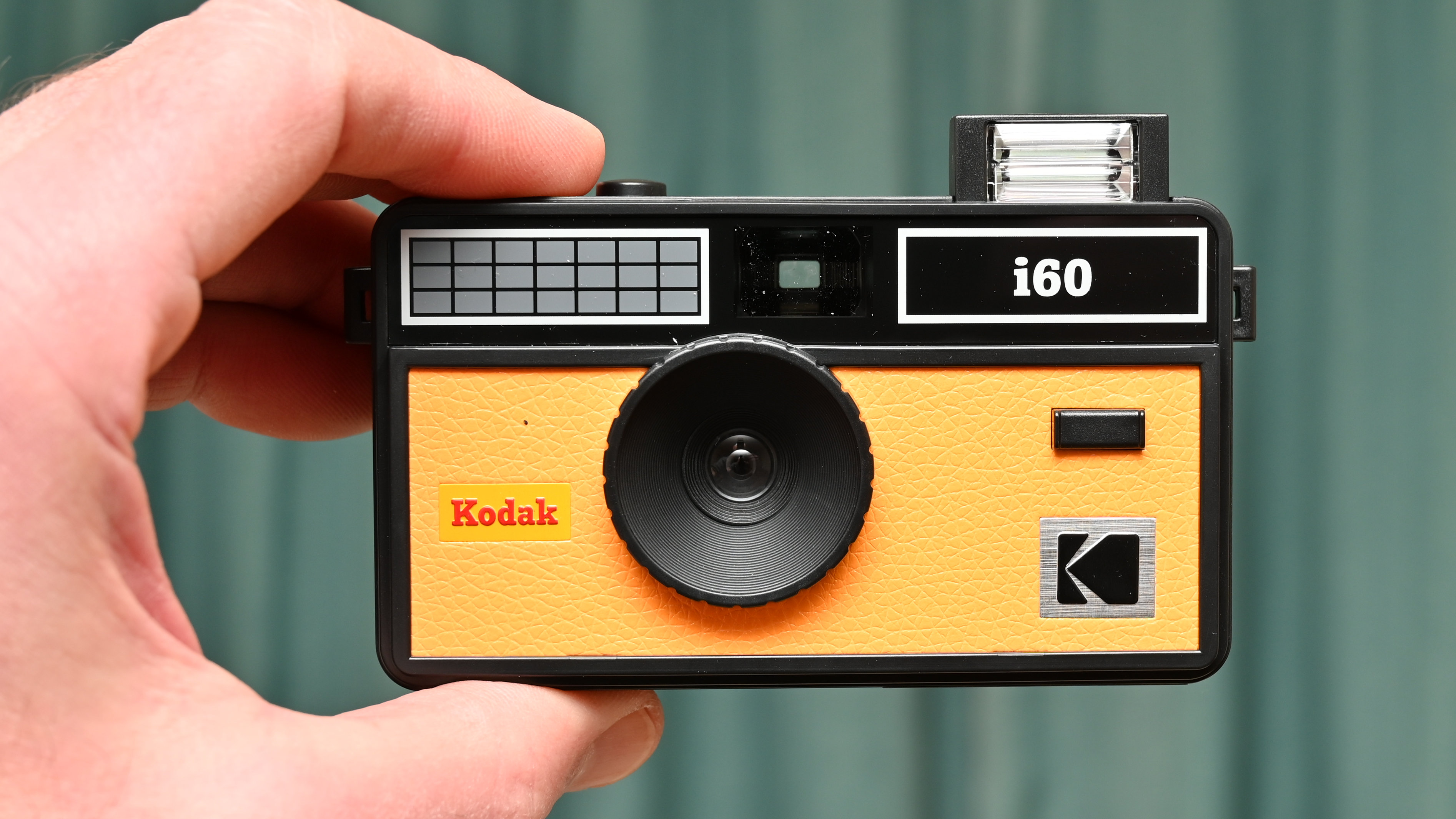
Should you buy the Kodak i60 Reloadable Film Camera?
✅ Buy this...
- Reloadable
- Retro styling
- Pop-up flash
🚫 Don't buy this...
- Disappointing build quality
- Blinkered viewfinder
- No film included
Alternatives
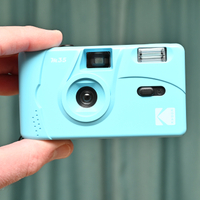
I prefer the Kodak M35 Reloadable Film Camera to the i60. It doesn’t look as nicely styled or finished but it has better handling, the viewfinder gives better frame coverage, it’s cheaper to buy and image quality is the same.
The Lomography Simple Use Reloadable Film Camera Color Negative looks and feels like a disposable camera but you can actually reload it, if you have the patience. It’s more cheaper to buy and comes with a 36-exposure roll of color negative film.
Matthew Richards is a photographer and journalist who has spent years using and reviewing all manner of photo gear. He is Digital Camera World's principal lens reviewer – and has tested more primes and zooms than most people have had hot dinners!
His expertise with equipment doesn’t end there, though. He is also an encyclopedia when it comes to all manner of cameras, camera holsters and bags, flashguns, tripods and heads, printers, papers and inks, and just about anything imaging-related.
In an earlier life he was a broadcast engineer at the BBC, as well as a former editor of PC Guide.



